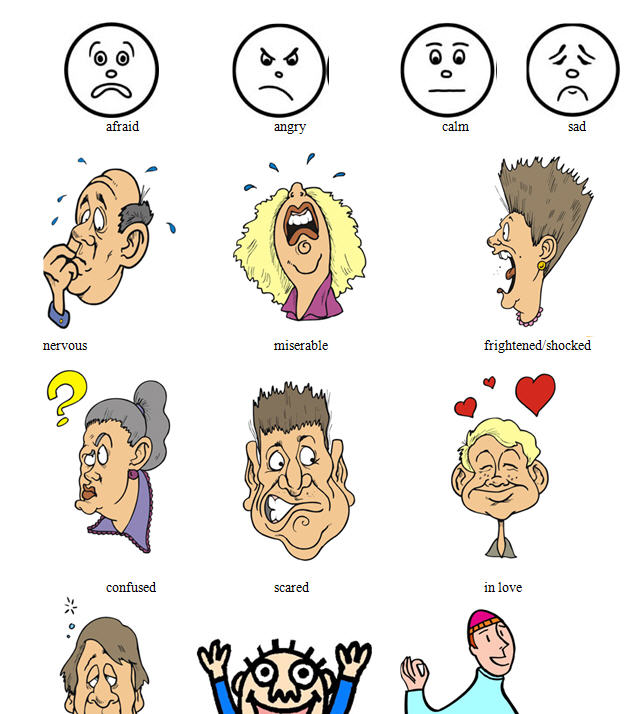

Contemporary Educational Psychology, 25(1), 54– 67. Intrinsic and extrinsic motivations: Classic definitions and new directions. “Play releases stress, and games have SDT elements that are designed to be engaging, which makes them good for our well-being,” Kowert concluded.įor more about the potential benefits of games for social and emotional learning, including examples and resources, check out Gaming SEL: Games as Transformational to Social and Emotional Learning, published by Peter Lang.ĭeci, E. Games have the potential to impact our well-being in a variety of positive ways, whether it’s social modeling or mood management.

The game’s system is coded to give players persistent feelings of competence. Players ahead in the pack receive items that are less valuable, like coins or bananas. Question Blocks for racers in tenth place are stars and bullets, which propel players faster.

But these are not randomized prizes, which are power-ups, are not awarded by chance or happenstance. Driving through one triggers a rotation animation, like a slot machine.
#VIDEOS FOR DIFFERENT MOODS SERIES#
In the Mario Kart go-kart series of racing games, Question Blocks (cubes adorned with question marks) appear on the track. He also played Mario Kart 8 Deluxe on Nintendo Switch as a mood repair strategy. After remote learning, my 10- year- old son often watched SpongeBob SquarePants cartoons on television, a purely hedonic experience. Games have a great way of meeting our needs when they are not being met elsewhere. Games at this time help us achieve those three things from the safety of our homes, six feet away from everyone.” And I feel less relatedness because we are socially and physically distanced. “I also have less autonomy-I can’t go where I want to go. “I can’t be a worker and a mom and a wife under stress,” she said. Using SDT as a framework, Kowert described how stay-at-home lockdowns during the COVID-19 pandemic made her feel less competent. When playing games, children feel a sense of agency-they are in control, they drive the experience. At school, students are often assigned work, some of which can be boring, difficult, or frustrating. Good video games also engender feelings of competence, autonomy, and relatedness- three components of self-determination theory (SDT) that may be absent from people’s everyday lives (Deci & Ryan, 2000 Ryan & Deci, 2018). I am the one inserting embalming fluid I am the person repairing and restoring people’s lives. Video games are different from the other forms of media that we consume because they are interactive. The gameplay is slow and deliberate, with time afforded for contemplation and reflection. Players-as-Charlie embalm and cremate the deceased while interacting with grieving families (graphics are cartoonish). Grim in tone, mood, and theme, as the title implies, players role-play as a young mortician named Charlie. Let’s look at the death positivity game A Mortician’s Tale. Beyond Pac-Man, there are games about living with dementia, dropping out of college, dealing with grief, and coping with loss. But like film, the medium of games has matured. Parents may envision kids in Fortnite battle royale matches or themselves crushing candies on their smartphone screens. We tend to think of video games as being pure hedonic diversions, designed to evoke thrills and excitement. Tension and suspense may build through a combination of elements such as the narrative, musical score, and quick edits.
#VIDEOS FOR DIFFERENT MOODS MOVIE#
A horror movie may employ techniques afforded by the medium of film such as close-ups and jump scares. Modern cinema is more nuanced in ways that emotion is evoked. What’s worse, it appeared to be headed through the screen, about to run over viewers! Famously (at least according to legend), in 1895, the French silent film L’arrivée D’un Train en Gare de La Ciotat( The Arrival of a Train at La Ciotat Station) frightened audiences who thought that the train flickering on the screen was real. Similarly, film was also fairly basic when introduced at the turn of the 20th century. These games provided quick thrills, little in the way of nuanced emotion. In the early 1980s, video gaming often meant arcades, quick experiences designed to eat kids’ quarters. The following is an excerpt from Gaming SEL: Games as Transformational to School and Emotional Learning by Matthew Farber and appears here courtesy of publisher Peter Lang.


 0 kommentar(er)
0 kommentar(er)
